In love with patterns and colour from a young age, printmaker Annika Reed created her wallpaper company Annika Reed Studio after her daughter was born. That’s when she came to realisation that if she wanted to decorate the nursery with wallpaper that was fun yet refined, quirky yet stylish, she would have to make it herself. Here, she talks bold colours, inspiration and the idea that ‘more is more’.
Amex Essentials: How did you get into designing and creating wallpaper?
Annika Read: My love affair with print and colour began as a child. I was constantly surrounded by pattern books, as my dad is an upholsterer. After school I would sit in his workshop, admiring his latest creations and transforming objects that most would abandon into exquisite pieces of furniture. I would take the old swatches of fabric and make homes for my toys, cutting them up and using them as carpet and wallpaper in a cardboard box. I went on to study Fine Art Printmaking for both my BA and MA, specialising in woodblock printing. I received many awards for my printmaking and worked alongside masters of the craft in China and Portugal.
In 2018 I became pregnant and wanted to decorate my daughter’s nursery in wallpaper that came to life, which would fill my daughter’s head with images and ideas she would remember forever. There was nothing on the market that was fun yet sophisticated, quirky, not childish. It was clear that the wallpaper I visioned wasn’t on the market, so Annika Reed Studio and my daughter were born.
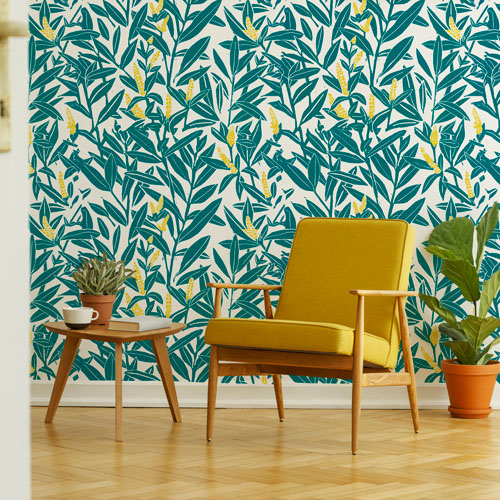
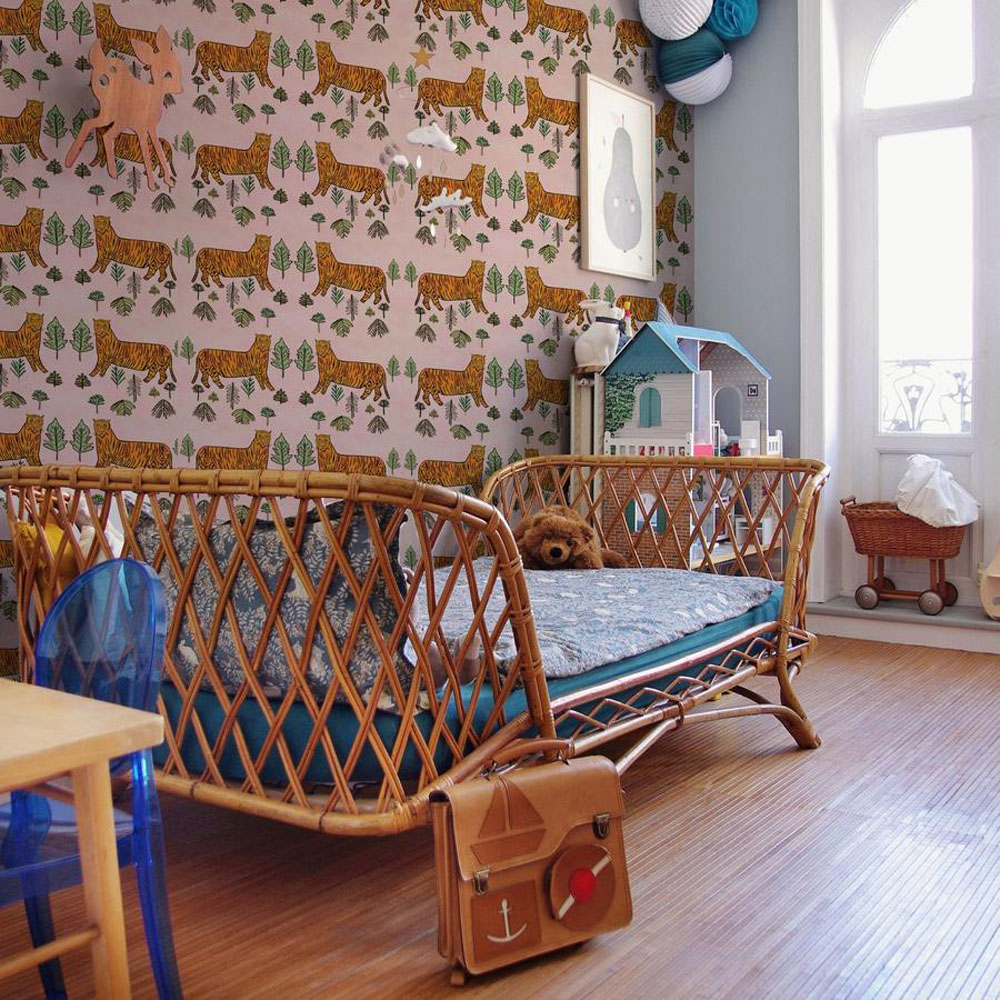
What processes and techniques do you use to create your wallpaper?
All designs begin as a drawing – I love to draw. I plan out the repeat using a piece of tracing paper, and redraw the design several times until I find the rhythm and the repeat. I never use a computer in the design process. Yes, it can save time, but for me it takes away the visceral element of working. It becomes too digital, and you lose sight of the hand which is so important to me.
Once I have successfully made a design, I copy it onto a piece of wood. Next, I use chisels, a dremel and woodcutting tools to cut the design away from the wood. Traditional woodcuts are printed from separate blocks, one created for each colour. I work with reduction woodcut, and all colours are all printed from one block. Each colour in succession, as the original surface of the block, is cut away and reduced. Ink is rolled onto the wood, and I use my printing press in my studio at home to print them.
This process is repeated depending on how many colours are in the design. Each is printed over the previous layer; some designs only need one colour, some need several. As the reduction process only uses one piece of wood, you are unable to go back and re-print the first layer, so an element of chance enters the work. Ink always prints onto ink, and once an area is cut away, no more colour can be put there. This is the magic of printmaking: only at the end of this process can you see if the print is successful.
Where do you get your inspiration from?
I am fascinated with the absurd observations of the everyday, the snippets of phone conversations you hear on the tube, the Victorian cabinet of curiosities, fables and folklore, nature, film, food, TV! I find inspiration everywhere! Each design has a story behind it.
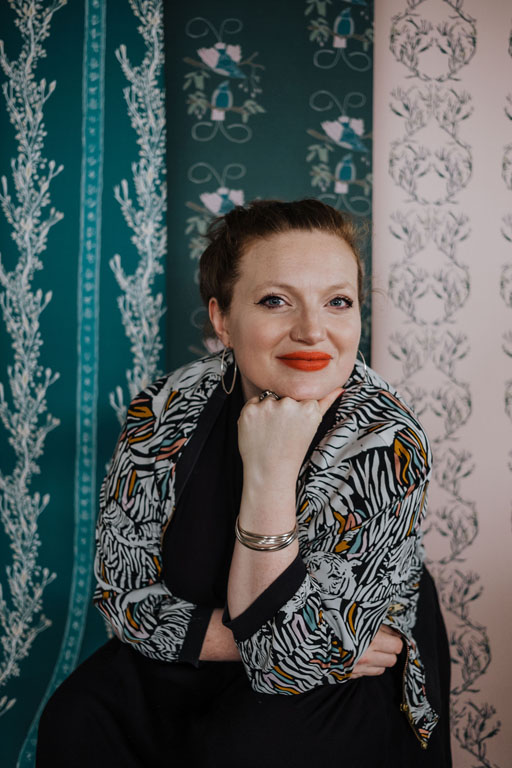
All designs begin as a drawing – I love to draw. I plan out the repeat using a piece of tracing paper, and redraw the design several times until I find the rhythm and the repeat. I never use a computer in the design process. Yes, it can save time, but for me it takes away the visceral element of working. It becomes too digital, and you lose sight of the hand which is so important to me.
What other designers do you admire?
Interior designers I admire include Kit Kemp, Dorothy Draper, Madeleine Castaing and Martin Brudnizki. I love the wallpaper of Voysey, William Morris and Art Nouveau pattern. My favourite artists are Basquiat, Matisse, Frank Auerbach and Louise Bourgeois. I admire so many different designers, I could go on forever!
What do you think makes a wallpaper design work?
That is such a good question, as I am still not sure myself! I find it hard to stop and to call something finished, similar to a painting. With wallpaper, it is as much about the pattern as it is about the space in between. It’s all about finding a rhythm and finding a balance.
What is the number one tip you give people when selecting a wallpaper?
Check the quality of the paper and ensure the batch numbers are the same. Also: If you like it, go for it! Express your personality in your home.
What is a common misconception people have about wallpaper?
Wallpaper and glue have changed a lot since the ‘60s, enabling wallpaper to be put up and taken down much easier than it used to. You can also get varnish to put over wallpaper that dries clear to protect it from sticky little fingers!
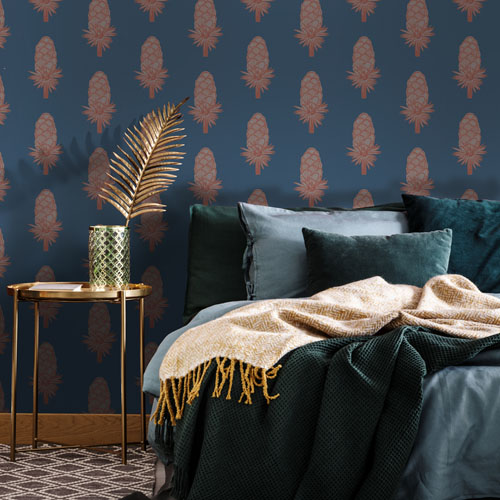
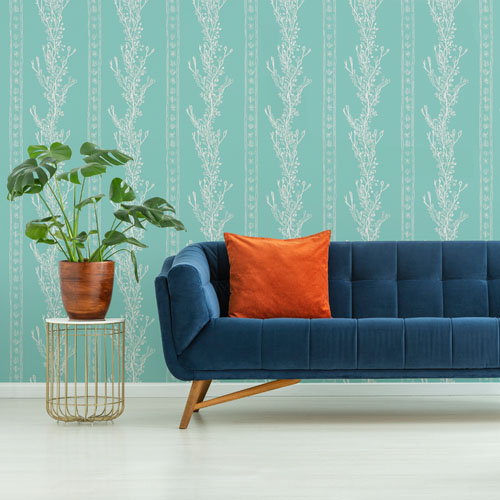
In your opinion, what is the major advantage of wallpapering a wall as opposed to painting it?
Wallpaper adds subtle texture and depth for more visual impact and interest than paint. Wallpaper is also hard-wearing, so it will last longer than painting. If you use lining paper before hanging wallpaper, it will also hide imperfections on a wall. But more importantly: Patterns are more fun!
Home design DIYers may shy away from beautiful and bold wallpaper designs like yours, afraid that they might overwhelm the room. What are your tips for making such wallpaper designs harmonise with the rest of the room decor?
However bold they may be, patterns should maintain a balancing act in a room. Finding a good balance between pattern and texture is key to creating a harmonised room, so consider adding textures to a room as well as pattern. One way to use wallpaper is to have it set the colour palette for the entire project. Everything from the wallpaper to the curtains, rugs, blankets etc share a colour so it comes together to form a cohesive look.
Also, consider the design and size of any pattern you use as a powerful tool to work visual tricks around your home, emphasising or minimising a feature, or subtly setting the scene for the background. There is a pattern out there for everyone!
What’s going to be the big thing in wallpaper design in the 2020s?
Florals are in, and they’re here to stay. I also think people are growing in confidence with wallpaper, and we are seeing bold pattern choices. Also looking up to the ceiling and papering the fifth wall!
What have been your most and least favourite home design trends lately?
I am loving the trend for painting doors and ceilings. I am currently redecorating my bedroom and have hung the Chattering of Choughs in Deco Blue. I am in the process of painting the interior doors a dark blue to match.
I have never been a huge fan of minimalism – I have far too many objects, trinkets and things to live that way. ‘More is more and less is a bore,’ as Iris Apfel would say!

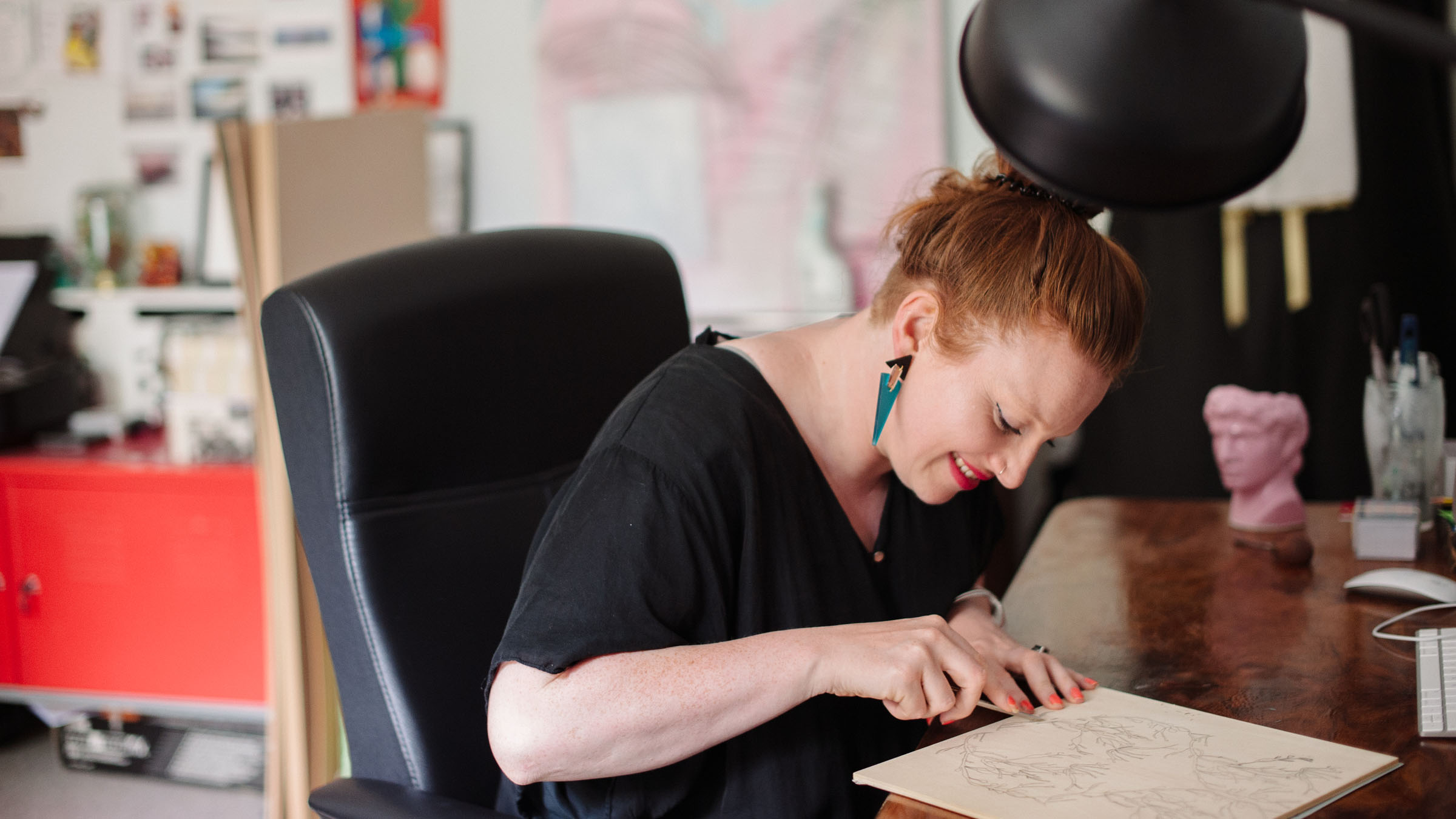


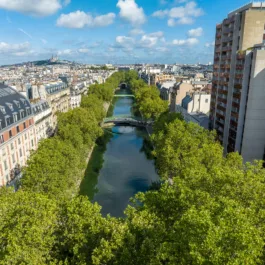
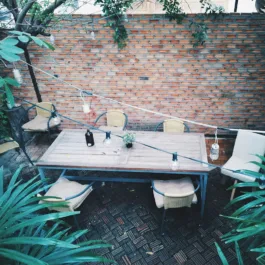
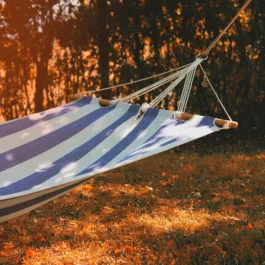
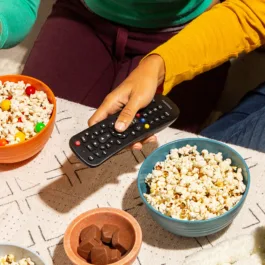
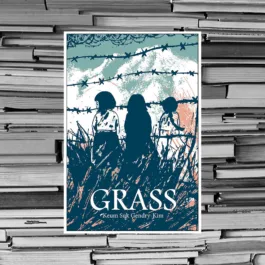
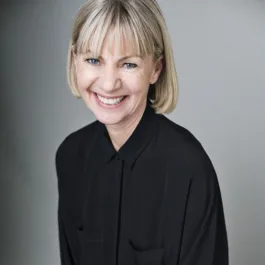
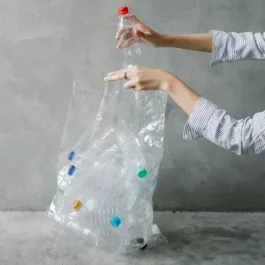
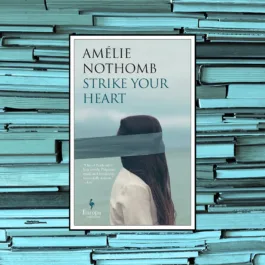
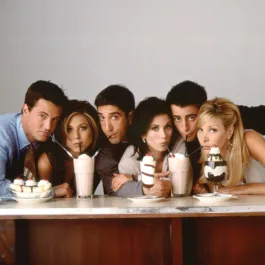
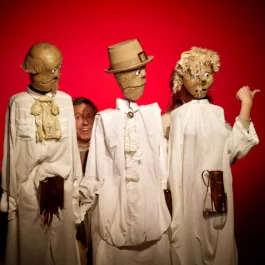
Sorry, the comment form is closed at this time.